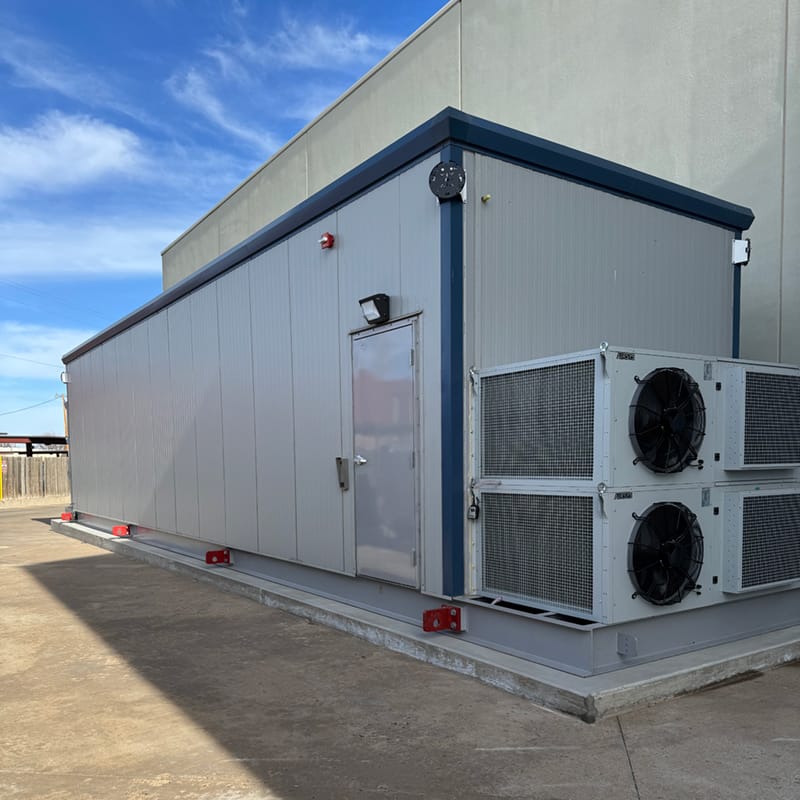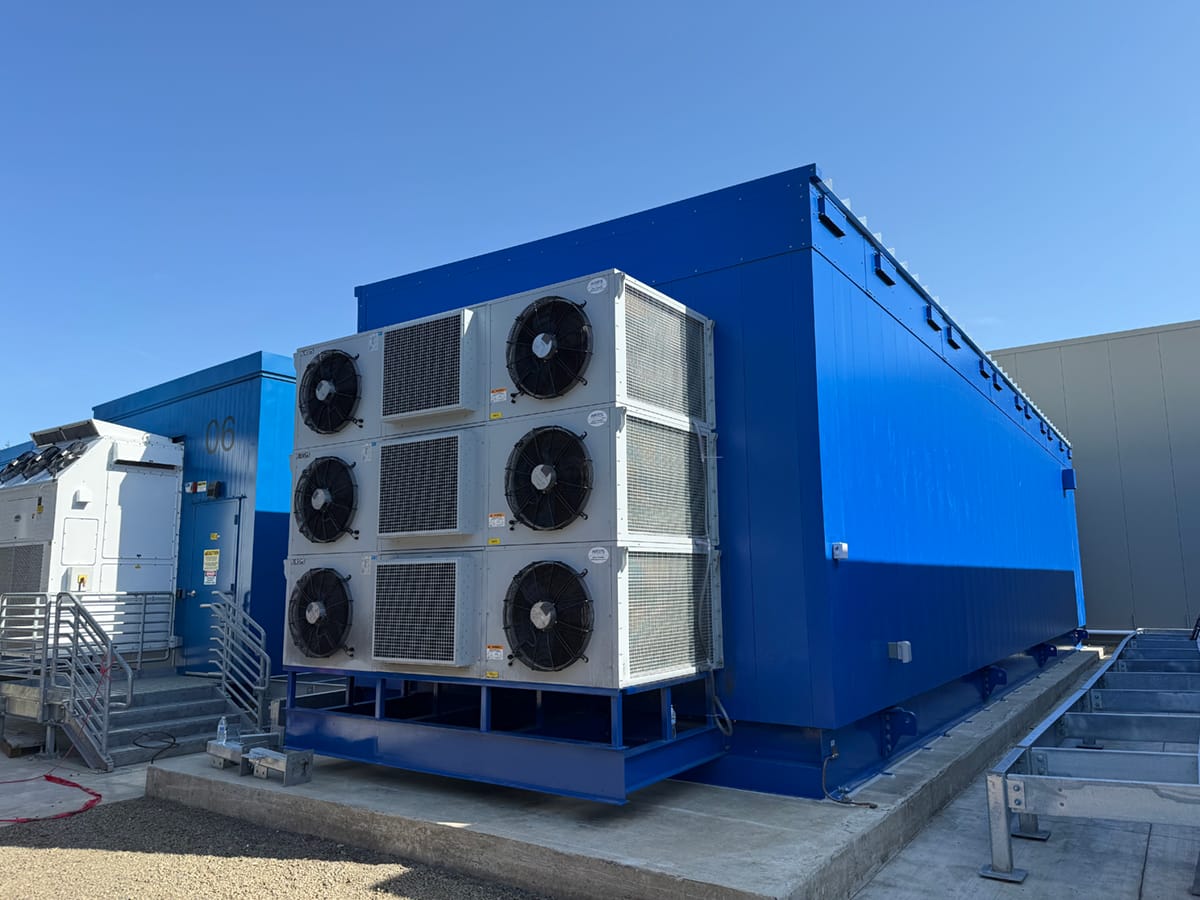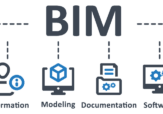Building the Future of Modular Edge Infrastructure
Duos Edge AI + AIRSYS: Cooling Innovation at the Core
Transforming Communities: Duos Edge AI + Amarillo Deployment
In Amarillo, Texas, Duos Edge AI is redefining how communities access and benefit from digital infrastructure. The company’s latest modular edge data center deployment, showcased during Data Center World 2025, delivers high-performance computing and connectivity to underserved areas, including rural education networks. At the center of this success is Duos Edge AI’s collaboration with AIRSYS Cooling Technologies.
“Our partnership with AIRSYS Cooling Technologies is mission-critical,” said Doug Recker, President and Founder of Duos Edge AI. “Their precision cooling units are one of the most essential components of our modular Edge Data Centers, delivering the efficiency, reliability, and scalability required to operate in demanding edge environments. The performance and modular integration capabilities of AIRSYS systems ensure our facilities maintain optimal conditions for advanced workloads—making them a key contributor to our rapid deployment model and long-term operational success.”
The Amarillo project illustrates how modular design and advanced cooling technology can accelerate access to critical IT infrastructure where it’s needed most.


Enabling Market Growth Through AIRSYS Innovation
The edge data center market is expanding rapidly, driven by the surge in AI workloads, IoT adoption, and the need for localized compute power. In these environments, sustainability, scalability, and reliability are non-negotiable. Cooling is among the most complex challenges for operators—and one of the most decisive factors in long-term success.
What sets this partnership apart is how Duos Edge AI and AIRSYS together address the broader infrastructure challenge. Duos Edge AI has pioneered a model of modularizing prefabricated buildings that allows rapid deployment of edge facilities anywhere, whether in rural, suburban, or urban communities. By combining prefabricated design with AIRSYS’s scalable cooling systems, such as the UniCool-Edge™, these deployments can be stood up quickly, with minimal disruption, and immediately provide access to IoT-driven services, data connectivity, and digital applications that would otherwise remain out of reach.
The impact goes well beyond connectivity. These facilities deliver dependable emergency services, faster internet access for schools and learning facilities, and improved support for healthcare and local businesses. By enabling real-time access to digital services, they empower communities with critical infrastructure that strengthens safety, education, and economic growth.
This approach not only supports businesses and schools in underserved regions but also helps bridge the digital divide by delivering advanced computing capacity. AIRSYS cooling technology plays a pivotal role in enabling these facilities to operate efficiently, ensuring that communities benefit from resilient, sustainable infrastructure that can expand as demand grows.

UniCool-Edge™: Redefining Cooling for Modular Success
The UniCool-Edge unit represents the next generation of cooling for modular environments. Designed for stackable, scalable deployments, it offers high-capacity performance while maintaining flexibility for diverse site conditions.
Key engineering advantages include:
- Stackable integration – horizontal units (up to 3) allow for greater cooling within a smaller footprint
- High cooling density – capable of handling container loads from 12kW to 240kW
- Hot/cold aisle packaged unit – delivering optimized airflow management
- Convenient maintenance – designed for ease of access and serviceability
- High efficiency – delivering reliable cooling with industry-leading efficiency
- Compact footprint – maximizing space utilization by eliminating inside space without sacrificing performance
- Integrated Free Cooling – built in to optimize efficiency, energy, and TCO
The UniCool-Edge is engineered to support elevated power densities, with advanced airflow management that adapts to fluctuating thermal loads. Its intelligent controls enable operators to monitor, adjust, and optimize system performance in real time, helping reduce total cost of ownership while maintaining peak efficiency.

The Road Forward: Driving Resilient Edge Infrastructure
The collaboration between Duos Edge AI and AIRSYS amplifies a shared vision: building smarter, more resilient infrastructure for communities at the edge. With the Amarillo project as a proof point, both companies continue to demonstrate how modular design and advanced cooling can transform how digital services are delivered.
To learn more about AIRSYS cooling technologies, visit airsysnorthamerica.com or contact the AIRSYS sales team. Connect with AIRSYS on LinkedIn at AIRSYS USA
More from Modular Advantage
Resia: Breaking All the Rules
Resia Manufacturing, a division of U.S.-based Resia, is now offering prefabricated bathroom and kitchen components to industry partners. Its hybrid fabrication facility produces more precise bathroom and kitchen components (modules) faster and at lower cost than traditional construction. Here’s how Resia Manufacturing does it.
How LINQ Modular Innovates to Bring Modular To The Market in the UAE and Beyond
LINQ Modular, with an office and three manufacturing facilities in Dubai, is a modular firm based in United Arab Emirates. The company is on a mission: to break open the housing and construction markets in the Gulf Cooperation Council (GCC) area with modular.
ModMax: Redefining Modular Construction with Confidence and Precision
ModMax was born out of frustration—frustration with five persistent pain points in modular construction: Permitting bottlenecks. Production delays. Rigid designs. Disconnect between “the office” and the field. Lack of transparency and communication.
LifeArk: Disaster-Resilient Housing from Recycled Plastic and 100-year-old Technology
Wee compares LifeArk’s housing units to Yeti coolers, as they are built similarly. Each component takes 15 to 20 minutes to manufacture, has an R-value of 40, and includes molded slots and chases for wiring, plumbing, fire sprinklers, and other utilities.
Accelerating Light-Gauge Steel Construction: A Semi-Automated Digital Workflow for Off-Site Projects
For construction professionals, the message is clear. By adopting semi-automation and digitalization, companies can deliver projects faster, more accurately, and more profitably, while also building stronger collaboration across teams. The approach is not about replacing people with machines, but about empowering people with better tools and processes.
Why Modular Data Centers Are Gaining Momentum
Artificial intelligence, high-performance computing, and edge applications push the limits of traditional “stick-built” data centers. They take years build, often struggle with high density workloads, and aren’t optimized for deployments near end users. Modular data center platforms are purpose-built to address these challenges, offering flexibility and scalability to adapt to evolving technologies, while opening new opportunities for the modular construction industry.
Supply Chain Innovation in Action: 5 Habits Every Modular Leader Should Practice
By applying these principles to supply chain practices — collaborative planning, strategic procurement, scenario modeling, digital tools, and transparent forecasting — construction leaders can build value chains that are not just efficient and agile, but truly innovative.
Exploring the Role of Modular Integrated Construction (MiC) in Advancing Circular City Principles – A Survey of Stakeholder Perspectives
The survey findings highlight the significant potential of Modular integrated Construction (MiC) in advancing the development of circular cities. By reducing costs, accelerating construction timelines, and minimizing waste generation, MiC offers a promising approach to sustainable urban development.
The Use of MS POLYMER™-Based Sealants and Adhesives in Modular Building
These products combine flexibility and elastic recovery with excellent adhesion to different substrates and have already shown their usefulness in traditional construction. Now it’s time for them to be put to use in the modular construction industry.
From BIM to Execution: Turning a “Pretty Picture” into a Single Source of Truth for Off-Site Construction
When implemented properly, BIM becomes the company’s digital backbone: connecting teams, standardizing information and transforming data into actionable insights. It is the key to achieving lean, predictable operations where all phases – design, planning, procurement and project execution are empowered by a single source of truth.










